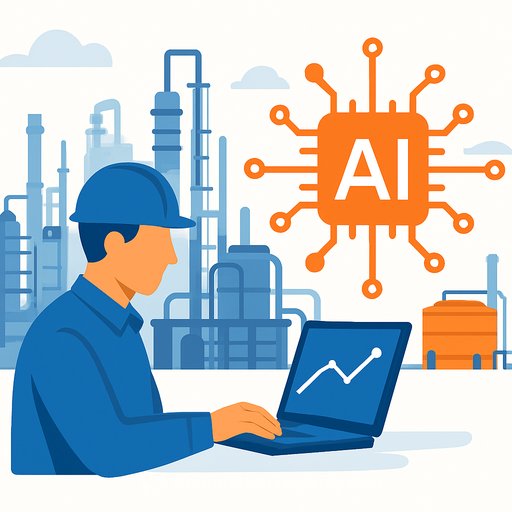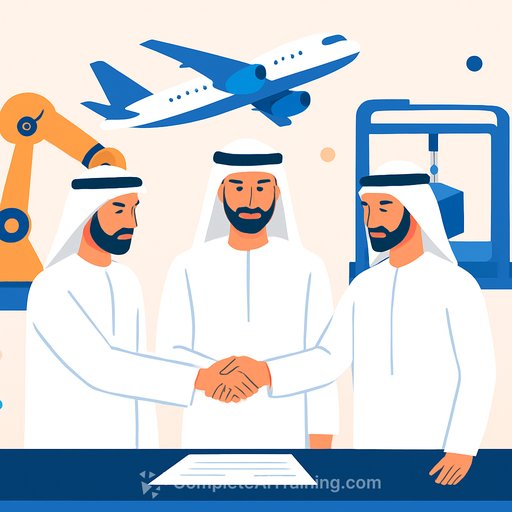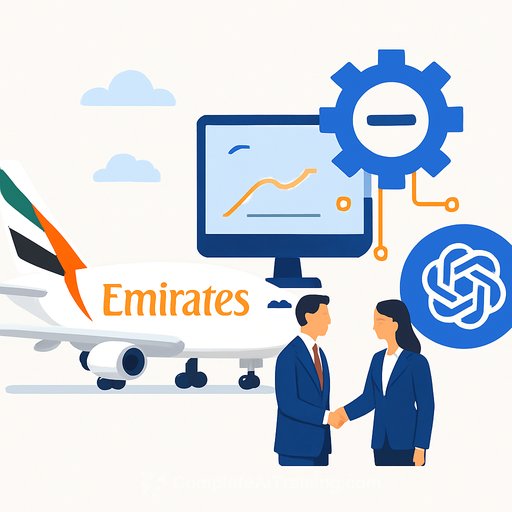Honeywell and TotalEnergies Pilot AI-Assisted Operations at Port Arthur Refinery
Honeywell and TotalEnergies are piloting Experion Operations Assistant at TotalEnergies' Port Arthur Refinery in Texas. The goal: give console operators earlier insight, reduce risk, and move closer to supervisory autonomy without removing the human from the loop.
The pilot sits on Honeywell's Experion distributed control system and brings AI-assisted visibility into the control room. It blends operational analytics with real-time predictive insights so teams can act before alarms escalate.
What's in the pilot
Experion Operations Assistant supports operators by highlighting emerging conditions and forecasting potential maintenance events. It's built to help minimize unsafe operations, avoid production losses, and streamline decisions during busy shifts.
TotalEnergies has the pilot running on the refinery's Delayed Coking Unit (DCU), one of the most dynamic and complex areas in a plant.
Early results from the DCU
- Predicted five potential events ahead of time
- Average lead time: 12 minutes before a traditional alarm
- Operators executed corrective actions in time to reduce downtime
- Lowered emissions from flaring during those events
That 12-minute window is meaningful. It's enough to throttle back to safe operating limits, adjust feeds, or coordinate with field operators-without tripping units or cascading into multiple alarms.
Why this matters to operations leaders
- Safety: Earlier detection of abnormal conditions reduces the chance of incidents.
- Reliability: Fewer unplanned interruptions and smoother startups/transitions.
- Throughput and yield: Less flaring and fewer rate cuts when you catch issues upstream.
- Operator load: More signal, less noise-especially during night shift and handovers.
As Raphael Duflos, VP and General Manager of the Port Arthur Platform, noted, the work aims to support safer runs, cut downtime, and limit product losses.
How it fits into the control room
Experion Operations Assistant runs alongside existing graphics, trends, and alarm systems. The difference is in how it aggregates data, spots patterns early, and flags the operators before parameters drift into alarm.
For teams already doing alarm rationalization and procedure standardization, this adds an extra layer: proactive prompts that point to the likely issue and the window to act.
Operator experience you can expect
- Clear, earlier prompts for emerging deviations
- Context around likely causes, not just values crossing thresholds
- Time to coordinate with field operators before alarms flood the console
- Support for consistent actions across shifts
Jim Masso, President and CEO of Honeywell Process Solutions, said the pilot shows how industry know-how paired with AI can close the gap between autonomous tech and day-to-day operations.
What to put in place if you're considering similar AI
- Data readiness: Confirm historian tags, quality flags, and time sync. Bad data kills predictive value.
- Alarm hygiene: Keep alarm KPIs under control (standing alarms, chattering, stale). AI works best on clean signals.
- SOP alignment: Map suggested actions to procedures and MoC-no surprises during a shift.
- Human-in-the-loop: Define when the operator decides and when the system can auto-apply setpoint nudges.
- Training: Short scenario drills for console and field operators; add to shift handover checklists.
- Cyber and governance: Review access, change control, and audit trails for recommendations and actions.
About the site
TotalEnergies' Port Arthur Platform, near the Gulf Coast in Southeast Texas, refines crude into transportation fuels and produces petrochemicals used in plastics, rubber, and pharmaceuticals.
The pilot is a joint effort between Honeywell, the Port Arthur team, and OneTech, TotalEnergies' technology branch.
Why the DCU first
Delayed coking has tight windows, fast-moving conditions, and high consequence when things slip. If an AI-assisted assistant proves value there, it's a strong indicator it can help on other high-variability units too-FCC, hydrotreaters, and reformers-where early detection saves both product and equipment.
What to watch next
- Lead-time gains across more units: Is 12 minutes typical, or does it vary by process?
- KPIs beyond downtime: Maintenance deferrals, flare volume trends, off-spec incidents.
- Operator adoption: Do prompts surface the right issues at the right time without adding noise?
- Workflow integration: Handovers, shift logs, and tie-ins to CMMS and permit systems.
Level up your team's AI fluency
If you're building skills for AI-assisted operations-alarm strategy, abnormal situation management, and practical automation-browse these courses by job to accelerate training plans for control room staff, maintenance, and reliability.
Bottom line: earlier insight and clearer prompts help operators act with confidence. This pilot shows a workable path to safer runs, fewer losses, and calmer consoles-exactly what high-performing operations teams care about.
Your membership also unlocks:






